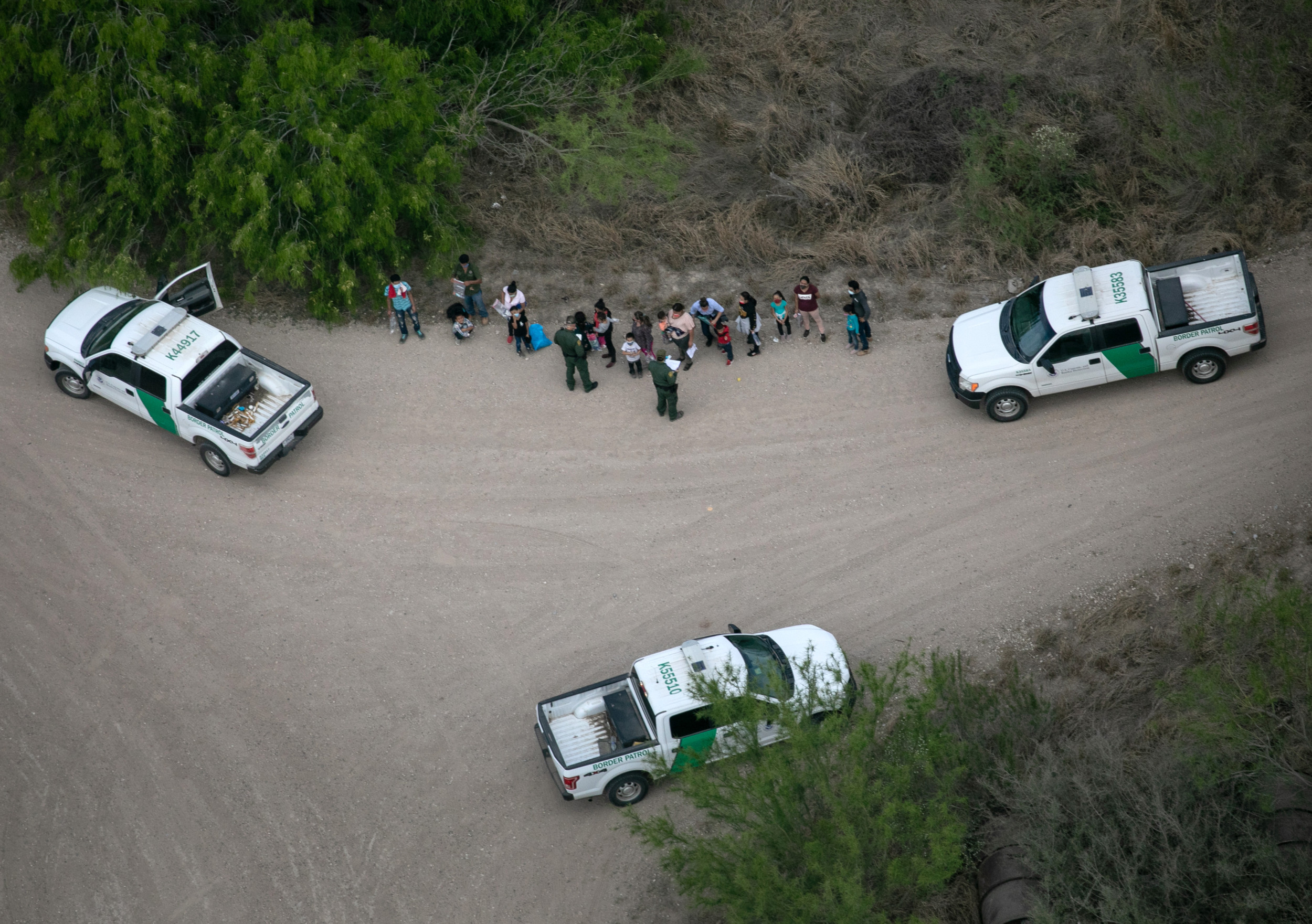
The Reserve Bank has left its key interest rate unchanged for an eighth meeting in a row as it awaits more evidence inflation will soon return to its preferred target range. The RBA board ended its two-day meeting on Tuesday by keeping its cash rate at 4.35%, a move widely expected by economists and financial markets.
It’s now a year since the central bank’s last rate move, the 13th increase in a series that began in May 2022. Prior to today’s verdict and related commentary, investors weren’t fully pricing in a rate cut until the middle of 2025. Annual headline inflation , or the lowest in more than three years.

Underlying inflation, which stripped out volatile movers, remained at 3.5%, or outside the RBA’s 2%-3% target band. The RBA has also updated its quarterly forecasts for GDP, inflation, wage growth and other key economic indicators.
Its previous predictions, last issued in August, projected Australia’s economy picking up pace from the current December half, with core inflation – known as the trimmed mean – settling below 3% by the end of 2025. Other major economies are starting to . Australia’s borrowing costs typically didn’t rise as much as many counterpart countries but they are also not expected to fall as rapidly provided the labour market remains strong.
The updated quarterly forecasts that the RBA uses for its interest rate setting suggest the Australian economy will grow slightly less in the second half of this year than predicted in August. One reason is that consumption will grow slower than expected in part because households are spending less of their stage 3 tax cuts than forecast. “Our overall assessment is that there continues to be excess demand in the economy, but that it has moved closer to balance,” the RBA’s updated Statement on Monetary Policy showed.
The forecasts cite market expectations of where the RBA’s cash rate will be. On those forecasts, taken as of 30 October, the central bank’s key rate will only see its first reduction by the middle of next year. Public demand growth help sure up the economy amid subdued investment activity by businesses.
GDP growth will still pick up from the 1% annual pace in the year to June to 2.3% by next June but that will start to face headwinds as net migration rates retreat, the RBA’s updated Statement on Monetary Policy showed. Most of the other inflation and employment forecasts are similar to three months ago.
The trimmed mean measure of inflation that the RBA plays most heed to will ease slightly faster than predicted, touching the top end of its 2%-3% band by June 2025 and reach the mid-point of 2.5% by the end of 2026. Weak productivity growth, particularly as many of the jobs being added are in industries such as healthcare, may continue to slow the drop in services inflation.
Global uncertainty, however, “creates two-sided risks to the domestic outlook”. The statement mentions China potentially growing faster than anticipated as the effect of various stimulatory measures take effect, a shift that would help boost demand and prices for Australian commodity exports. The statement makes no mention of the US elections.
Growth in the world’s biggest economy has been better than expected in recent years but expansion is likely to ease next year unless other most other advanced nations..













